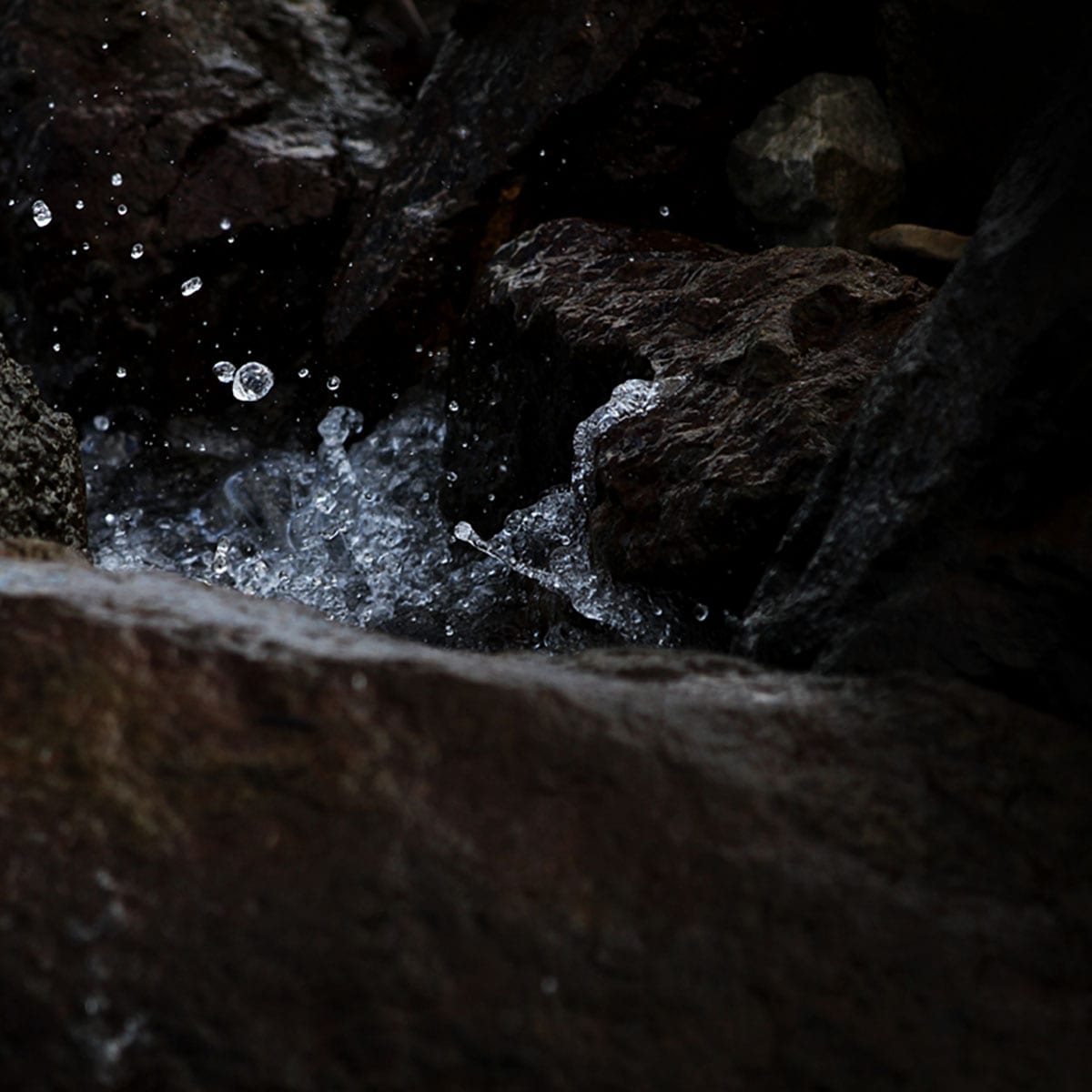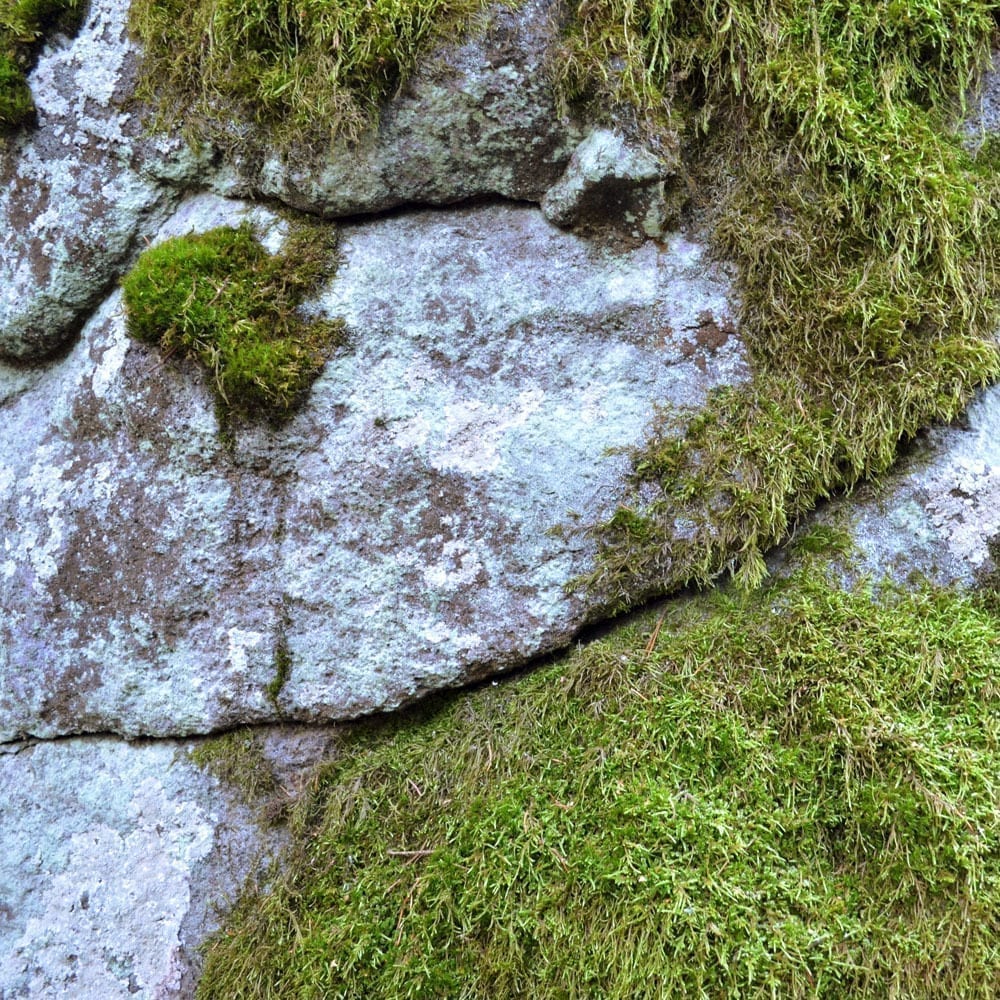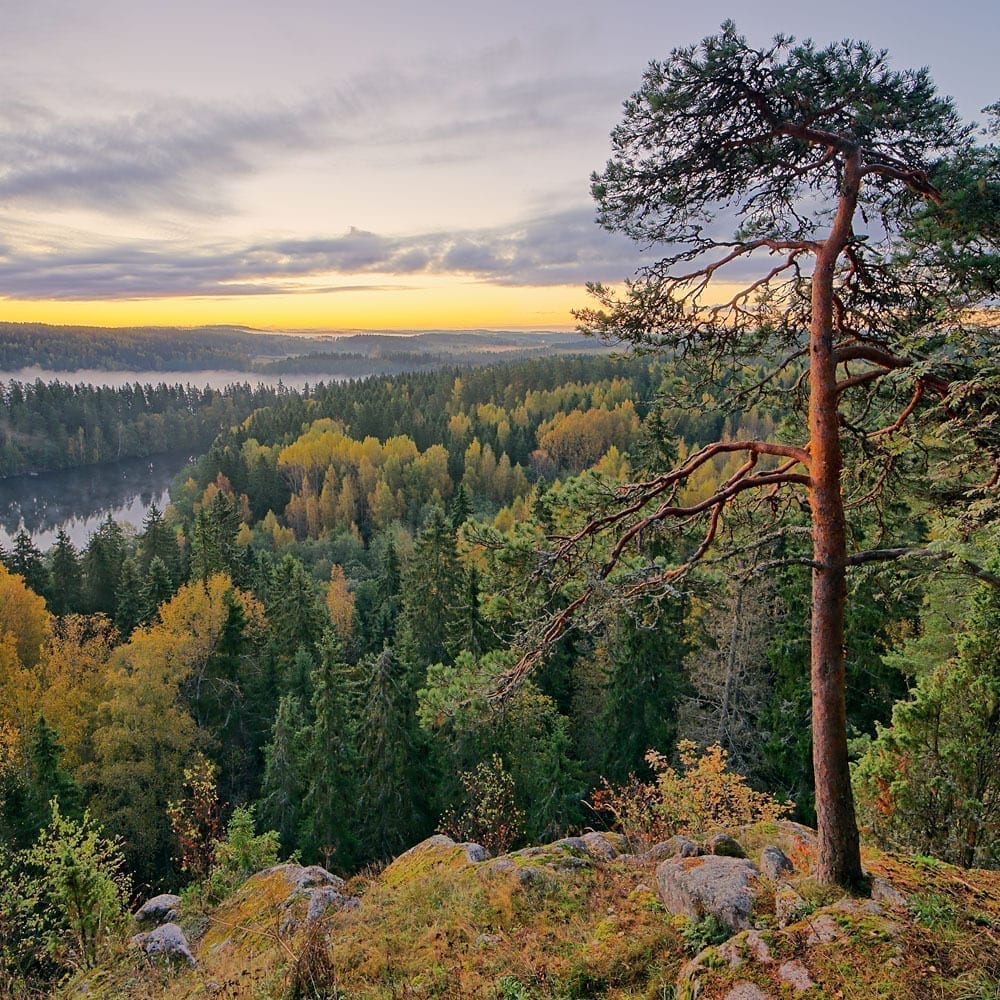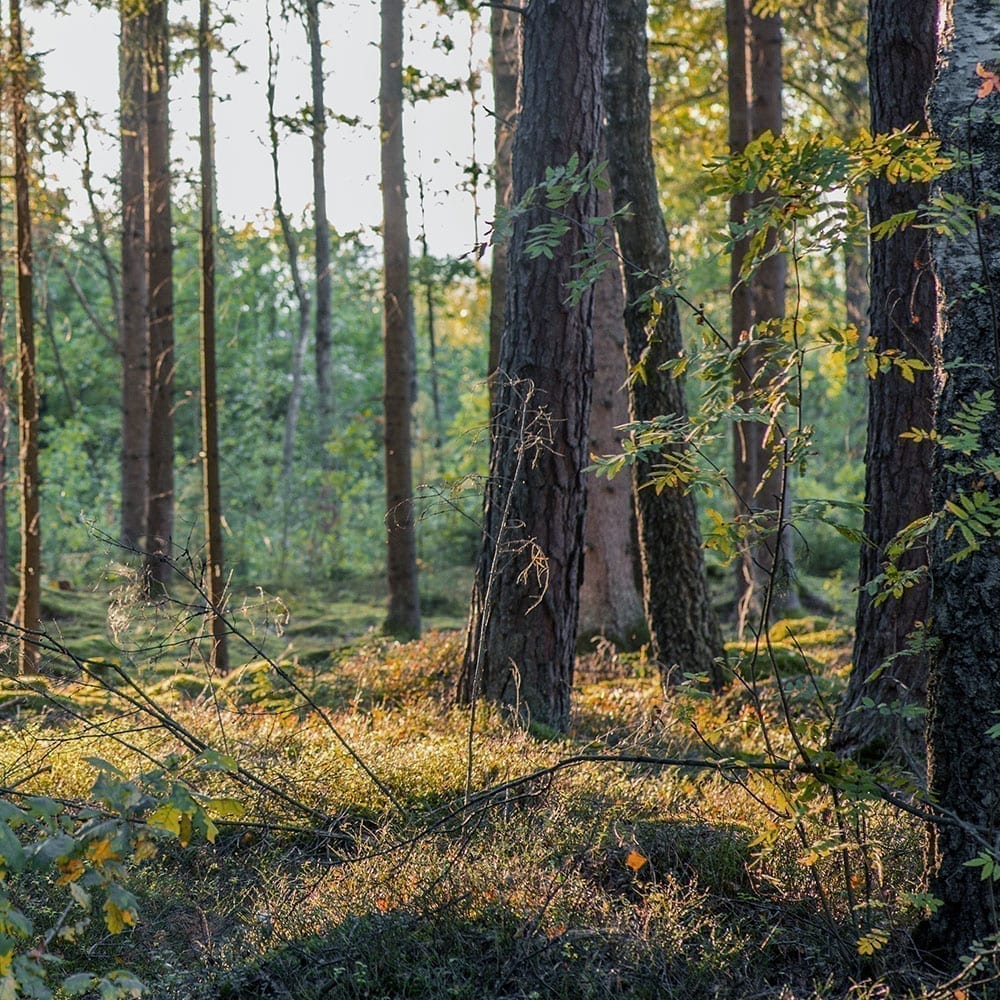
From the depths of finnish nature to the world
Yoldia Scandinavia was inspired by the history of Vanajavesi. The Vanajavesi Valley, created by the Ice Age, is one of Finland’s national landscapes. It is also a valuable cultural area. The area tells a lot about the nature and history of the Häme region. This is also known as the territory of the osprey, the emblem bird of the Kanta-Häme area.
In ancient times, settlers travelled along the long Vanajavesi waterway, bringing along cultural and other influences from the coast towards the inland regions. The esker ridges running parallel to the waterway demarcate the lowland area where the microclimate is favourable for humans and cultivation alike. The landscape is dominated by water bodies, ridges, and fields that have been cultivated for a very long time.

Iron Age settlement, important for the Häme region, was heavily concentrated in the Vanajavesi Valley. Relics from that time include burial mounds, cup-marked stones, and sword grinding stones. The Iron Age castle mountains in the Vanajavesi Valley form a unique unbroken chain in the country. The Häme Castle is also located in the Vanajavesi Valley.
Towards the end of the Ice Age, about ten thousand years ago, the North was in the so-called Yoldia Sea phase, named after the Yoldia Arctica mussel. At that time, the continental glacier’s edge began to retreat north, and the waters of the Baltic Sea covered the Vanajavesi basin. Owing to land uplift, the highest points began to rise slowly above the water’s surface. A bay in the sea was formed at the deepest point, and later on, it became a lake. As the water levels rose, the lakes expanded to the south, and these floods created lake Vanajavedenselkä.


During the Yoldia Sea phase, the climate became warmer, and birch forests grew in the area. People lived in the Stone Age. The ice continued to melt, and land uplift began and severed the connection to the North Sea. This was the beginning of the Ancylus Lake phase, named after an abundance of Ancylus snails. During that time, the climate was warm and dry, and pine forests grew in the area.

